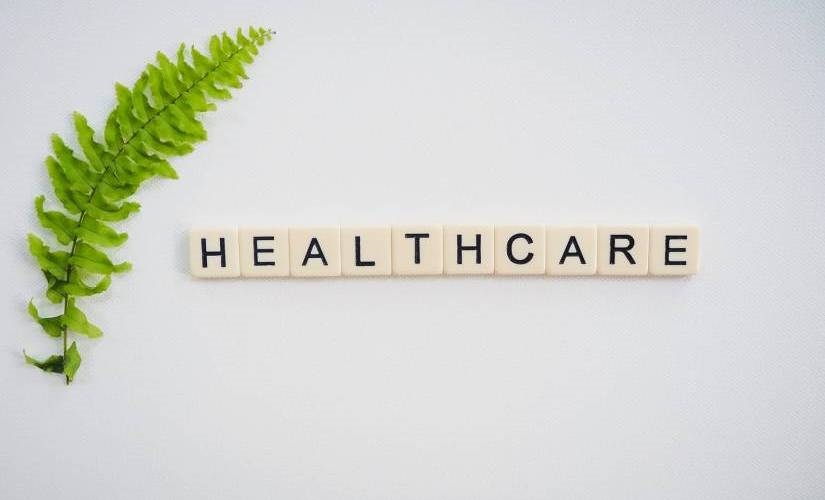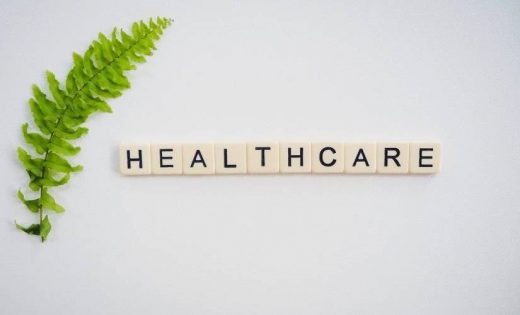IoT and Healthcare: When Technology Comes into Play to Improve Lives
IoT and Healthcare: When Technology Comes into Play to Improve Lives

Enthusiasm for IoT devices is soaring. The Internet of Things is making it easier for everyone to do everything–whether they’re finding a new recipe for roast turkey (I’m talking to you, Alexa), decorating the house for Spring, or turning up the thermostat because it snowed again. Here is IoT and healthcare, when technology comes into play to improve lives.
There is always a lot of fun surrounding IoT, it’s easy to overlook what is arguably the technology’s most important focus: healthcare.
From tracking people’s fitness real-time to monitoring health remotely, IoT devices are making healthcare increasingly convenient and accessible. Let’s take a look at some of the ways IoT is improving lives:
Encouraging physical health.
A yearly physical exam won’t necessarily get people to stick to their exercise regimens–but smart fitness tracking devices might.
IoT devices like the Fitbit and the Apple Watch allow users to track physical activity metrics such as their number of steps or miles walked per day. Having a fitness tracker close at hand reminds users to keep an eye on physical health and keeps them self-aware of their activity levels throughout the day.
The Internet of Things further supports day-to-day health by boosting awareness about personal sleep hygiene. An estimated one-third of adults aren’t getting enough sleep, and sleep health technologies–from apps to smart beds–aim to fix this problem.
While sleep monitoring apps such as Sleep Cycle analyze sleeping patterns to wake people up in moments of lighter sleep, more sophisticated tools, like the interactive Balluga bed, react to sleeping patterns in real-time, such as elevating the sleeper’s head to minimize snoring.
Improving treatment methods.
IoT is further used to target specific diseases and improve the treatment process.
The smart monitoring system CYCORE helps cancer patients undergoing treatment. The monitoring system sends updates to patients’ physicians regarding their symptoms and responses to treatment so that physicians can identify emerging issues right away.
Another example is MyndYou’s chronic disease management solution, which harnesses cognitive-driven changes through voice and activity monitoring to predict and prevent exacerbations and hospitalizations.
The company’s Cognitive Complexity Algorithm passively monitors activity patterns (such as speech, walking, driving, and sleep), which serves as a proxy for predicting health outcomes by measuring their brain ability.
For healthcare professionals and clinicians, these AI-driven insights and predictive tools are especially helpful because they can raise a flag on changes in their patient’s functional health status that could indicate elevated risk, allowing them to intervene early to prevent deterioration.
Monitoring infant health.
On the other end of the spectrum is IoT support of infant health. The IBM Watson baby movement monitor uses sensors to anticipate when an infant will wake up, helping parents preemptively meet the baby’s needs.
Another device, Pacif-i, is a smart pacifier that measures the infant’s temperature to allow parents to monitor illness and treatment progress. There’s also the Owlet baby monitor, an ankle-worn tracking device that monitors a baby’s oxygen levels and heart rate to alert parents of potential health concerns.
Upgrading hospitals.
Just as IoT improves healthcare monitoring within the home, it also enhances hospital operation and management. IoT-enabled radio-frequency identification (RFID) tags track the real-time location of medical equipment–such as defibrillators, oxygen pumps, and more–to administer life-saving procedures right away.
Similar IoT-connected sensors can be used to determine whether the equipment is out of date and needs replacing.
The Internet of Things also assists in maintaining hospital hygiene. Special sensors can detect the cleanliness of hospital staff to ensure a clean and hygienic hospital environment.
Conclusion
Smart technology isn’t just about work or play; it’s also saving lives. The Internet of Things helps alleviate an array of health concerns, boosting physical fitness and cognitive health while preventing health issues for infants and older adults alike.
Intelligent, connected technology is about staying aware of the data real-time–something we all need when it comes to health.
The post IoT and Healthcare: When Technology Comes into Play to Improve Lives appeared first on ReadWrite.
(24)


